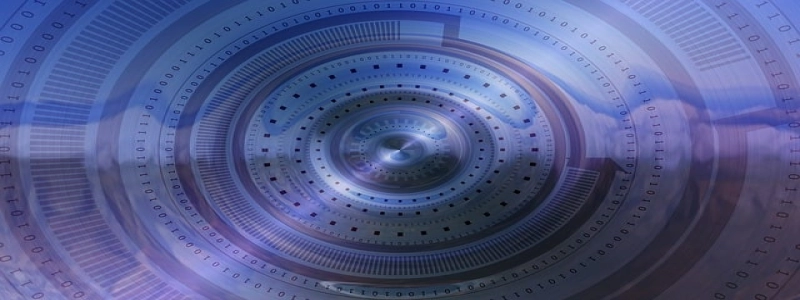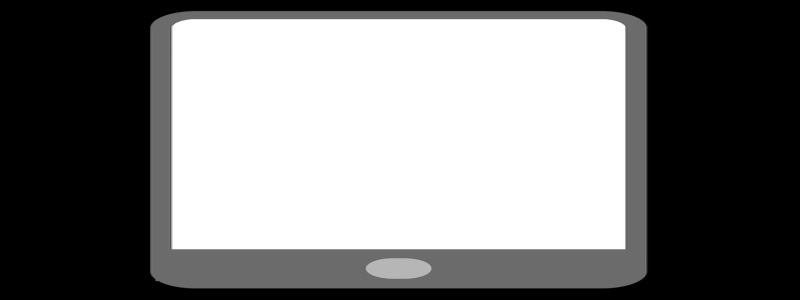Ethernet Packet Format
1. 導入
2. Ethernet Packet Header Format
2.1. Preamble
2.2. Destination MAC Address
2.3. Source MAC Address
2.4. EtherType/Length
2.5. Optional Tagged VLAN Identifier (802.1Q)
2.6. Data
2.7. Frame Check Sequence (FCS)
3. 結論
1. 導入
Ethernet is a widely used standard for local area networks (LANs) that allows devices to communicate with each other. Ethernet packets are the fundamental building blocks of communication over an Ethernet network. 記事上で, we will discuss the format of an Ethernet packet in detail.
2. Ethernet Packet Header Format
An Ethernet packet consists of a header and data payload. The header contains various fields that provide essential information for the transmission and reception of the packet.
2.1. Preamble
The preamble is a 7-byte sequence of alternating 0s and 1s followed by a 1-byte start frame delimiter (SFD). It is used for synchronization between the sender and receiver.
2.2. Destination MAC Address
The destination MAC address field is 6 bytes long and specifies the MAC address of the intended recipient of the packet. It helps in delivering the packet to the correct destination device.
2.3. Source MAC Address
The source MAC address field is also 6 bytes long and contains the MAC address of the sender. It identifies the device that originated the packet.
2.4. EtherType/Length
The EtherType/Length field is 2 bytes long and indicates the protocol or payload type encapsulated within the Ethernet packet. It helps the receiver to identify the type of data contained in the packet.
2.5. Optional Tagged VLAN Identifier (802.1Q)
If the Ethernet packet is carrying VLAN-tagged frames, an optional 4-byte Tagged VLAN Identifier (802.1Q) field is present. It provides information about virtual LAN (VLAN) membership.
2.6. Data
The data field contains the actual payload of the Ethernet packet. It can range from a few bytes to a maximum of 1500 bytes, depending on the maximum transmission unit (MTU) of the Ethernet network.
2.7. Frame Check Sequence (FCS)
The Frame Check Sequence (FCS) field is 4 bytes long and is used for error detection. It contains a checksum of the entire packet (excluding the preamble and SFD) to ensure the integrity of the transmitted data.
3. 結論
Understanding the Ethernet packet format is crucial for network engineers and technicians working with Ethernet networks. A clear understanding of the various fields within the Ethernet packet header helps in troubleshooting network issues and optimizing network performance. By following the Ethernet packet format, devices can efficiently communicate with each other, ensuring reliable data transmission over the network.








